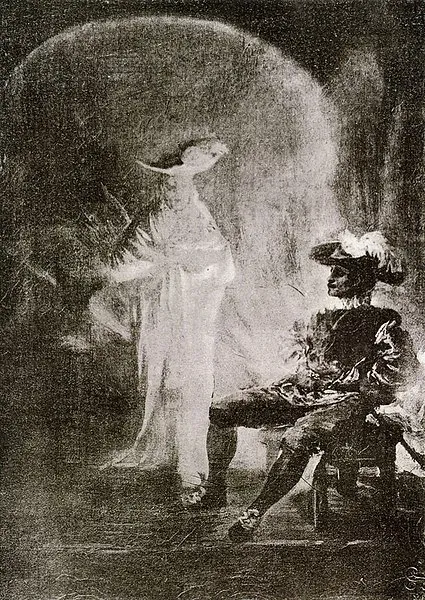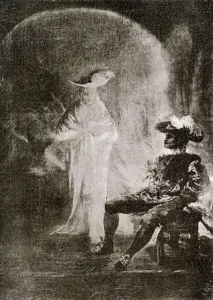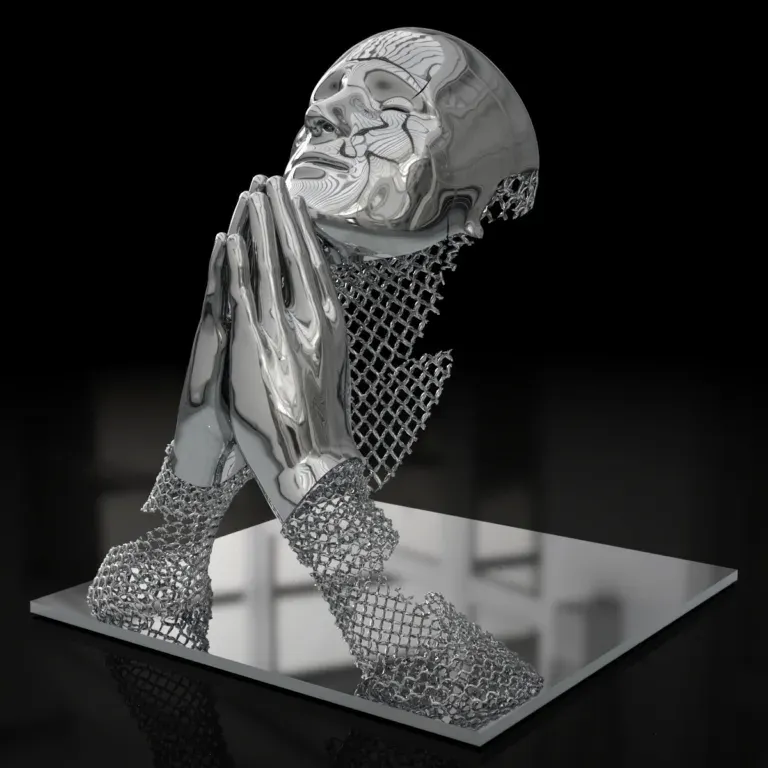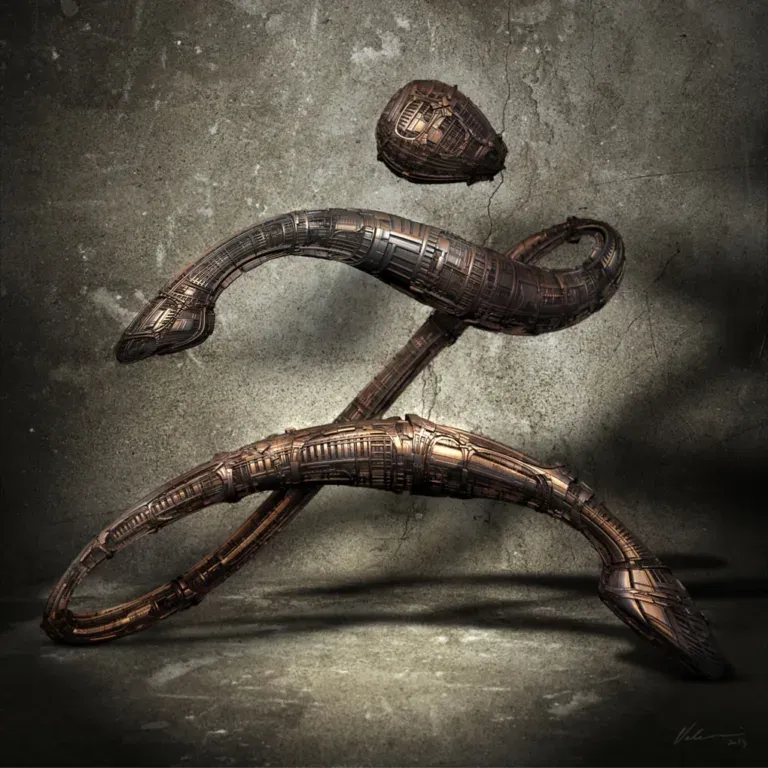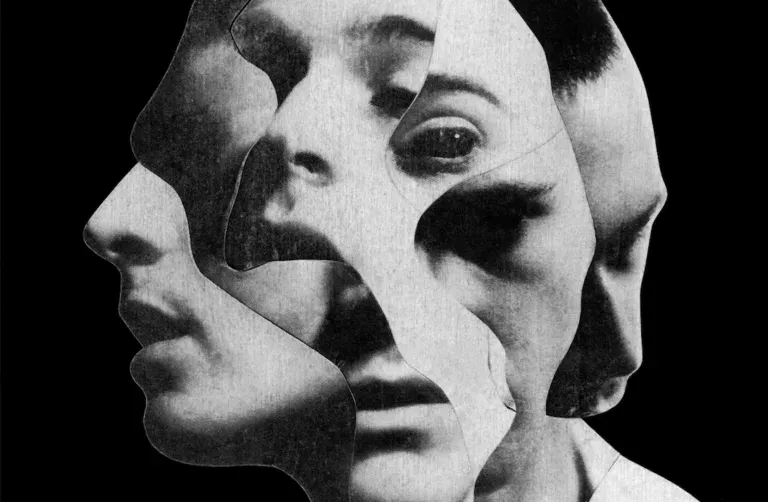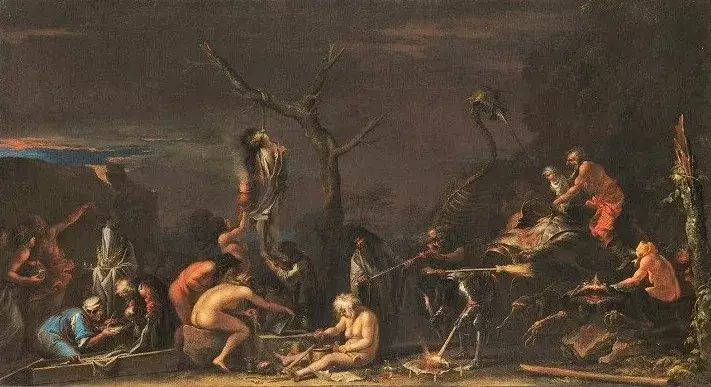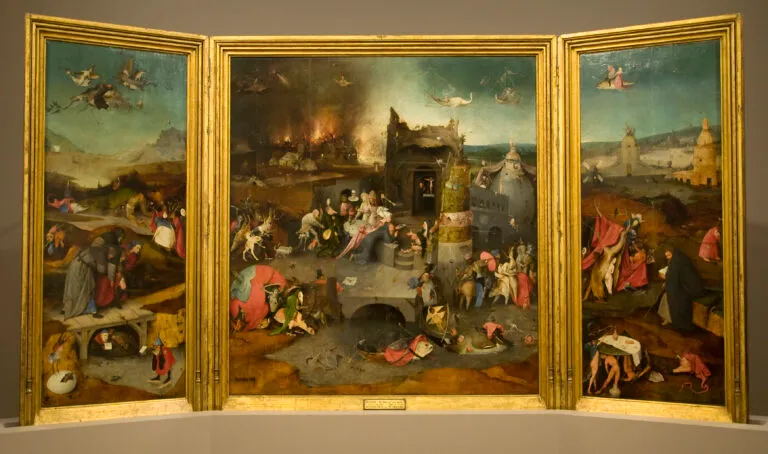Don Giovanni or The Stone Guest
Don Giovanni or The Stone Guest
Welcome to our feature on the last of the six Black Paintings by the master Goya, commissioned by the Dukes of Osuna. The final painting we discuss today is Don Giovanni, or The Stone Guest. For this painting, Goya draws inspiration from the tragic comedy by playwright Tirso de Molina.
Brief Summary of the Play
The protagonist of the play is the infamous seducer Don Giovanni, who, driven by his unrestrained passion for satisfying his carnal desires, commits murder. The man killed by the protagonist is a commander, yet Don Giovanni is absolved of all charges. The play narrates how Don Giovanni, in his audacity, tries to seduce the widow of the man he killed. He eventually succeeds, and just as he finds himself in the woman’s room, the ghost of the commander suddenly appears, extending his hand to Don Giovanni. Fearlessly, Don Giovanni accepts, and the two descend into hell.
Description of the Painting
Unfortunately, the location of this painting is unknown, and it’s uncertain if it still exists, as only a black-and-white photo remains. The setting of the painting is marked by an arch at the top of the composition, beneath which looms the stone statue of the commander. The spectral figure of the commander approaches Don Giovanni, who appears completely unafraid, standing confidently with hands on his hips, defiant. The infernal punishment that will befall the murderer is symbolized by the flames enveloping the scene.
Unlike the other paintings in the series that explore the conflict between reality and imagination, and condemn ignorance and superstition, Don Giovanni instead reveals the consequences of sin. One may mock human laws and judges—this was the code by which the seducer lived, having won complete absolution in life. However, no one can escape divine justice.
 Subscribe to our YouTube channel
Subscribe to our YouTube channel
Come explore the world of Horror Art
